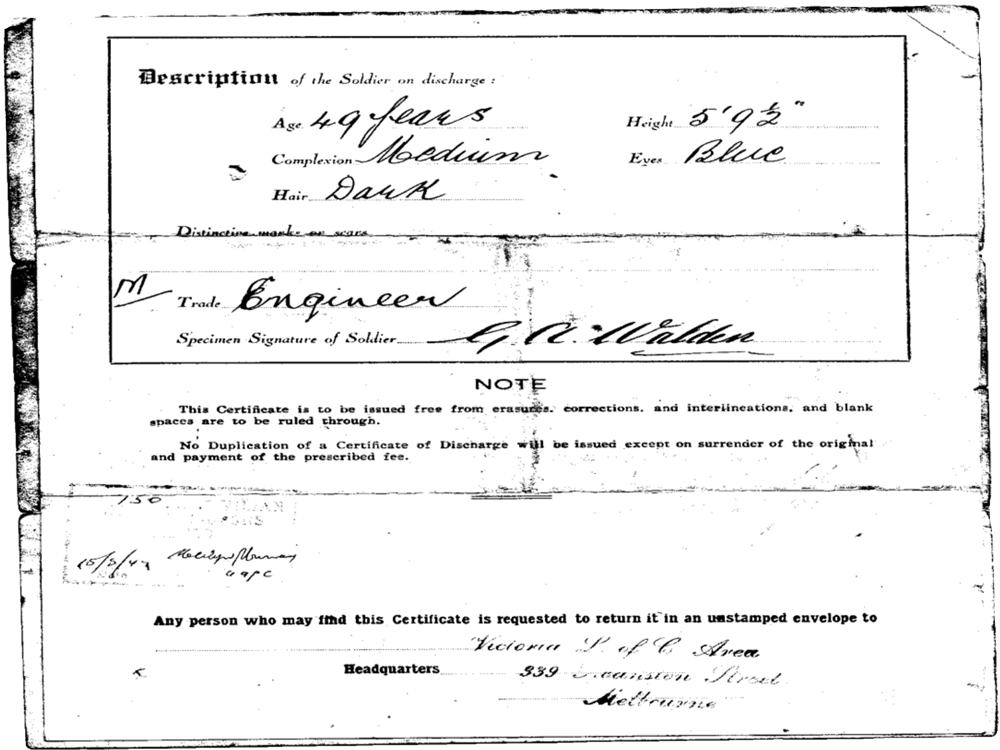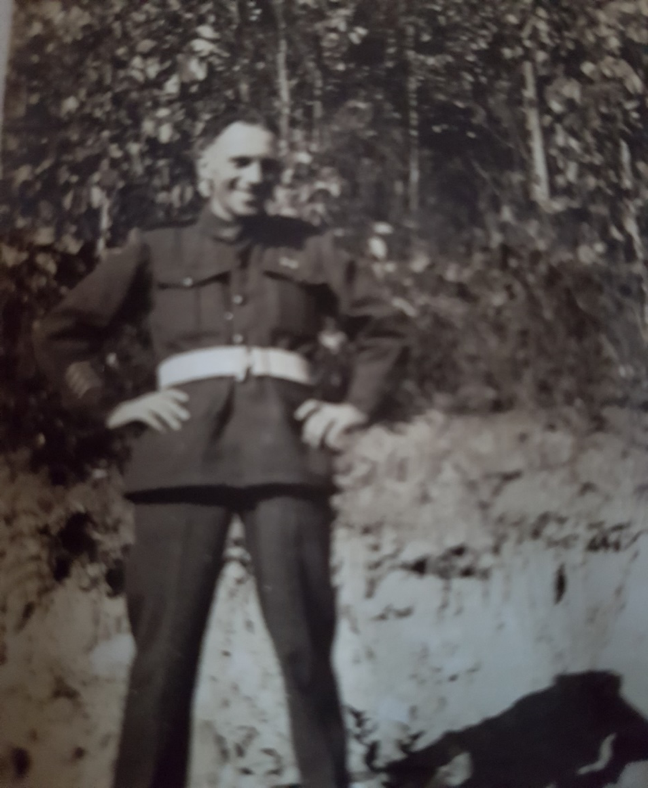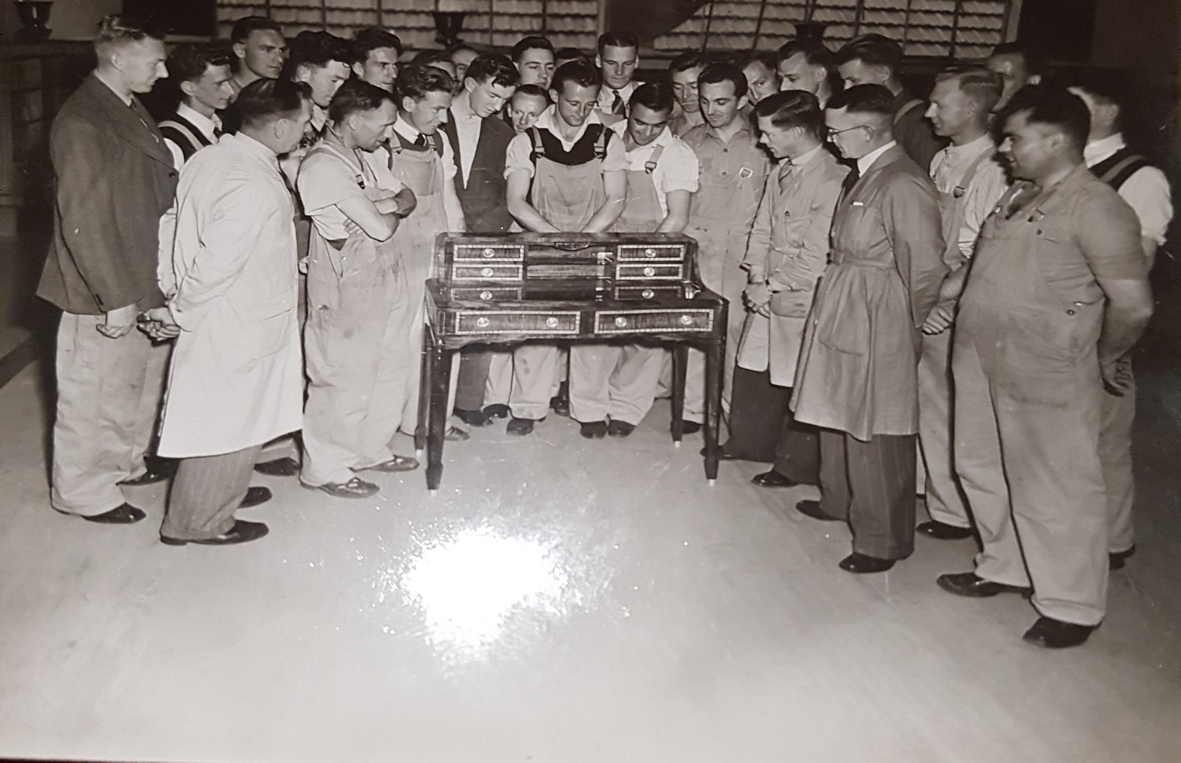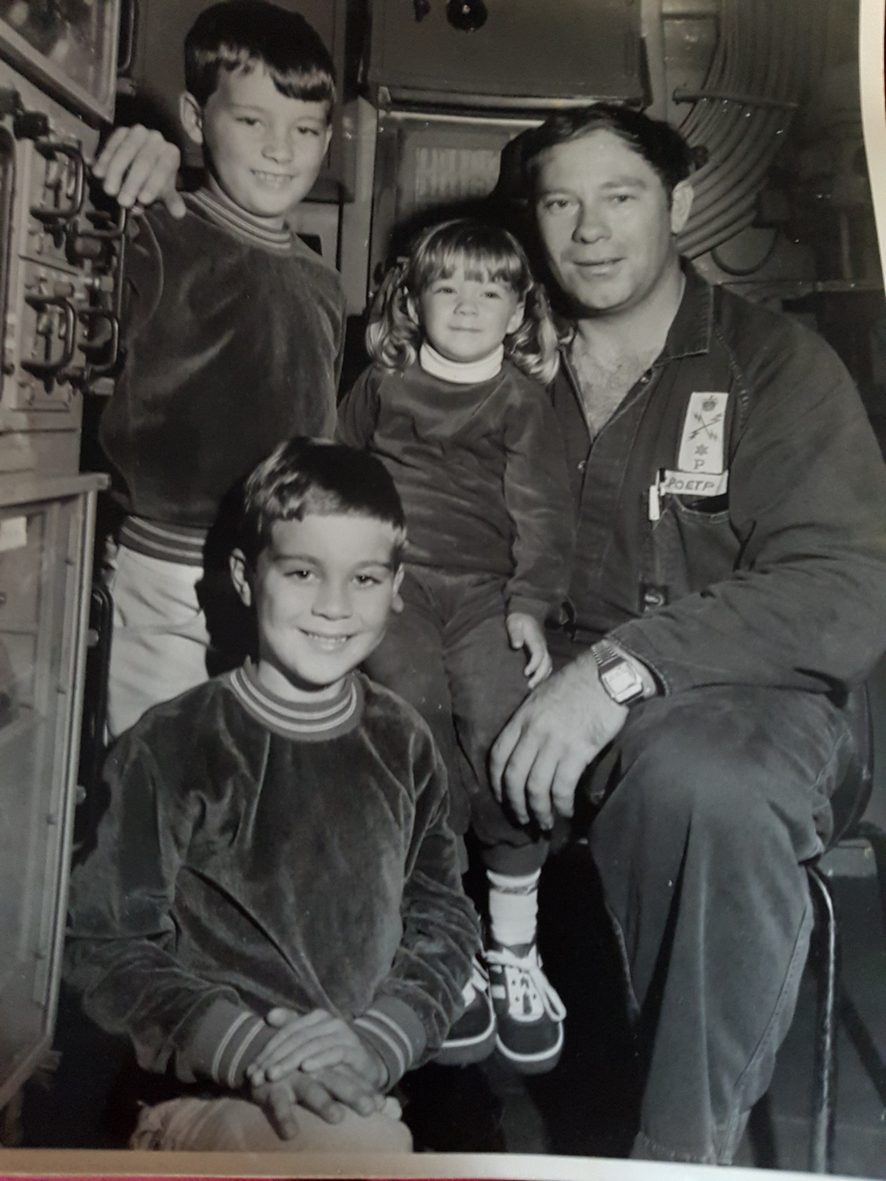ANZAC Day and Remembrance Day are an important part of Australia’s history and cultural identity.
Many of our team members have a strong connection to the Australian armed services and this has played a role in shaping who they are.
Our CTO and co-founder Glenn Murray, asked his father Bruce to tell us about his family’s experience, as well as his own.
George Asher Walden 1894 - 1956
My maternal Grandfather was born on the 1st of October 1894, at home in Islington South-west, in England.
He came to Australia as a young teenager, under the Dreadnought Scheme for the Royal Navy. With the commencement of World War I, the Dreadnought Scheme in Australia was put on hold due to all Royal Navy personnel being recalled to the British Isles.
George Asher Walden, then aged 21, and his best mate enlisted as privates in the 5th Battalion, Australian Imperial Expeditionary Force based at Gippsland, Victoria on the 20th of April 1916.
They sailed for Britain in September 1916 on the Euripides, and some months later landed in France.

During his 878 days overseas service, his best mate was killed, and Granddad was subjected to mustard gas on the Western Front.
George Asher Walden eventually returned to Australia and was discharged from the 5th Battalion on the 15th of March 1919.
He married Charlotte Gamble, his best mate’s girl on the 16th of July 1919 and they raised four children.
George Asher Walden was always mechanically minded and between World War I & II, he became an Engineer. There was nothing in the mechanical engineering world he could not fix. When he was not fixing things, he and Grandma Charlotte, ran their own orchard.
George Asher Walden answered the call again on the 18th of October 1939.
Although he enlisted, the Australian Army put his Engineering knowledge to good use. Due to his previous service, he was discharged on the 20th of April 1943 after completing 1250 days service which included 340 days overseas. His service record states he was “Required for Employment with a Reserved Occupation”.
George Asher Walden passed away in Brisbane, on the 11th of October 1956, 10 days after his 62nd birthday.
William Murray 1869 - 1948
My paternal Grand Father was born on the 5th of April 1869 at home in Old Monkland, Lanark, Scotland. He married Isabella in 1892, having four children before Isabella passed away in 1909.
He was a tailor by trade in Glasgow and Edinburgh.
I have no knowledge if he enlisted in World War I, however it is likely due to his trade, and to his age (45) at the outbreak of the war, he was employed making uniforms for the British Armed Forces.
He married my Grand Mother, Lillias in 1912 and had two children, prior to moving to Australia circa. 1924.
Unfortunately, I never met my paternal Grand Father as he passed away on 29 July 1949, five days before my 1st birthday.
William Murray 1918 – 2002
My Father was born in Edinburgh UK on the 17th of July 1918, the second of two children.
At 6 years of age, he made the long journey to Australia by ship. His family settled at Tallangatta in north-eastern Victoria, before moving to Wodonga prior to Tallangatta sinking under the new Hume Weir.
Dad enlisted in the Australian Imperial Force on the 23rd of June 1941 as a Craftsman.
William Murray, VX 58182, served with the 2 / 2 Australian Recovery Section, all over the North African desert although luckily, he was not one of “The Rats of Tobruk”.
The soldiers in his Section were multi-talented men, being part of the T G Metal Machinist Service.
It was their job was to go out into no-man’s land, (between their lines and the enemy lines) under cover of darkness, to retrieve any artillery, trucks and other vehicles.
I asked him why there was a need for this? What he answered made sense. He told me that most of the artillery was still in working condition and the gunners had just run out of ammunition.
Some guns were spiked but sometimes the advance was so quick, many were not, and gun crews did not have time to move them, before leaving. Many of the guns were Italian made.
Most of the vehicles they retrieved had run out of fuel and were left where they had stopped.
Dad carried a flat pack camera (illegally) all through his time in the desert. I have many photos of the various towns he went through or spent time in as well as photos of the Big guns and vehicles his Section recovered.
When the Desert War finished and after V E Day was proclaimed, Dad was posted back to Australia.
On arrival, Dad was billeted at Enoggera Barracks, in Queensland, from where he was given one weeks leave.
After contacting Mother, Rosina May in Melbourne, he made his way there, where Mum had two and a half days to organise their wedding.
They were married on Tuesday the 12th of June 1945, and had a 2 day honeymoon, before Dad had to get back to Enoggera Barracks.
After some jungle warfare training, Dad was posted to New Guinea. Fortunately, he only made it to Port Moresby, before returning to Enoggera Barracks and then Greenslopes Military Hospital with Malaria.
William Murray, VX 58182, was finally discharged from the Service at Royal Park, Melbourne, Victoria on the 13th of November 1945.
On the 3rd of August 1948, they had a son, their only child.
Dad started working at Myers in Melbourne as a cabinetmaker. In late 1952, Myers won the contract to design, and make a writing desk as a gift to Queen Elizabeth upon her Coronation in June 1953. Dad was one of about 25 people involved in this project.


Dad is the man to the left, in overalls with his arms crossed
Unfortunately, there was a credit squeeze in Australia and Myers closed the cabinetmaking side of their business.
Dad soon had a new job as a cabinetmaker however, the was one small problem. The job was for a shipbuilding firm at Bulimba on the Brisbane river. He went to Brisbane by himself to work for 6 months and find some suitable accommodation for our family of three.
When there was a break between ship refits, he came to Melbourne to get Mum and myself. It was the last summer of 1952 and the three of us travelled to Brisbane by an old Indian motorcycle and sidecar. I know it happened, but I do not remember much about it, as I was only 4 years old.
William Murray, my Dad, passed away on the 26th of July 2002 at Liverpool, NSW.
Bruce Stewart Murray 1948 -
I was born in Toorak, Victoria, on 03 August 1948 to William and Rosina May Murray.
We moved to Brisbane in late 1952 where I started school (Kindergarten) at Wynnum Central Primary school in 1953.
In early 1954, the whole school went to the Brisbane Exhibition Ground to see Queen Elizabeth on her first Royal Tour of Australia.
The year 1960 was my first year at Wynnum State High School where I studied until I joined the Navy.
I joined HMAS Nirimba at Quakers Hill, NSW, on the 13th of January 1965.
After the first six months they asked all the first term apprentices what trade they would like to do. I said I would like to become an Electronics technician. That didn’t happen, so I became a High-Power electrician which meant I would be working on ships generators and electrical switchboards.
I graduated three and a half years later in June 1968, as a Systems Artificer Power Grade 3. I posted to HMAS Cerberus near Frankston, Victoria, for a month and a half to receive further training in DC Electrical generators and switchboards.
During my 23 years in the Royal Australian Navy, I spent 171/2 years as a seagoing sailor on six ships.
I visited just about every port in Australia, and many places overseas. Some places were good, a couple not so good, one was not good, while others were very tense.
August 1968 – January 1972/ January1973 – September 1973 HMAS Sydney
My first seagoing posting was to HMAS Sydney and I joined a couple of weeks before it was due to complete a refit at Cockatoo Island in August 1968. I spent over four years on the “Sydney” and during that time made many trips to Vietnam where it was nicknamed the Vung Tau ferry.
September 1973 – August 1975 HMAS Stalwart
Cyclone Tracy Christmas Day 1974
We arrived in Darwin on New Year’s Day 1975 to assist with the clean-up. The first few days were horrific. The scene over a large part of Darwin was unbelievable. The third week there, the four members of the electric motor rewind shop had our duties changed.
We were required to go to all the big hotels, disconnect their air-conditioning motors, bring them back to the ship, rewind them and refit them at the hotels. We also did the same with the filtration motors for the local swimming pool. After the first four days, we had to worked in two watches to get all the motors repaired, returned, realigned and set to work. It was a great feeling getting these places up and going again. The residents could get some accommodation and they could swim in the pools.
August 1975 – February 1977 HMAS Supply (Tanker)
I was part of many Fleet exercises with Australian, New Zealand, English and American ships in the Far East, Hawaiian waters, South Pacific Ocean, and Indian Ocean. There were many friendly port visits and some not so good.
January 1978 – December 1983 HMAS Hobart
The ship did a six-month deployment to the Persian Gulf in 1981. We were part of the American Task Force and it was our job to knock on the door of Ayatollah Khomeini who led the overthrow of the Shah of Iran and had decided he would try to play havoc with the non-Muslim western world.
Late December 1982, deployed to Macquarie Island, part of Antarctica, to collect a scientist who had seriously injured himself falling down an ice cliff. Prior to departure we gathered the wooden material to build the landing deck, and “borrowed” the stop/go lights from the Garden Island Navy base that were needed to OK the landing of the small helicopter on the ship’s quarterdeck.
Australian ingenuity comes to the front again.
January 1985 – January 1988 HMAS Jervis Bay (Training Ship)
Circumnavigating Australia, New Zealand and the South Pacific, training Mid-Shipmen and other junior Officers in seamanship, navigation, working in each department on the ship to get an appreciation of the work they do and how they need to all work together.
I “Paid Off” (Left) the Royal Australian Navy on the 13th of January 1988.
Discover more on Conn3cted’s ties to the ANZACs and Australian Armed Services here.















